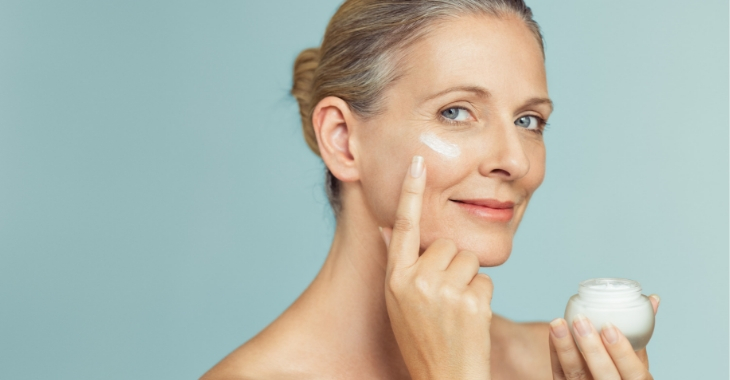Top 5 Cosmetic Surgery Procedures for Men
Plastic surgery is becoming more popular for men. Once considered mostly a female procedure, cosmetic surgery for men is becoming increasingly popular. Many men are electing to have cosmetic surgery to enhance their appearance. According to a study released by the American Society of Plastic Surgeons, here were the top 5 cosmetic surgeries performed on men in 2015.
- Rhinoplasty. The top procedure performed for men by plastic surgeons in 2015 was rhinoplasty or nose reshaping. 53,248 procedures were completed. This is no surprise as rhinoplasty has been one of the top plastic surgeries performed on both men and women for decades.
- Blepharoplasty. The second highest plastic surgery performed for men was eyelid surgery or blepharoplasty. 29,906 surgeries were performed. This can be used to reduce the signs of aging or to change the shape of the eye.
- Breast reduction. Gynecomastia is a condition of excess breast tissue in men. In 2015, 27,456 procedures for breast reduction were performed on men to combat the effects of this condition.
- Liposuction. 25,656 men underwent liposuction surgery in 2015. Liposuction can be done on many different areas of the body to reduce fat deposits. For men, liposuction is commonly performed on the abdomen or under the chin.
- Facelift. While less than half of the fourth highest procedure, facelifts made up the fifth spot on the most popular cosmetic surgeries by men. 11,963 men had facelifts performed in 2015.
The total amount of cosmetic surgeries on men in the U.S. in 2015 was 207,869. Men also elected to have many non-invasive cosmetic procedures performed, a total of 1,068,556. These numbers show that men as well as women are opting to pursue cosmetic enhancements to change their appearance, changing the perception of the typical cosmetic surgery patient.
Posted on behalf of
Kalos Facial Plastic Surgery LLC
5670 Peachtree Dunwoody Road Northeast #910
Atlanta, GA 30342
(404) 936-6665
The information provided on this website, including text, graphics, images, and other materials, is intended solely for informational purposes and should not be used as a substitute for professional medical advice, diagnosis, or treatment.

)